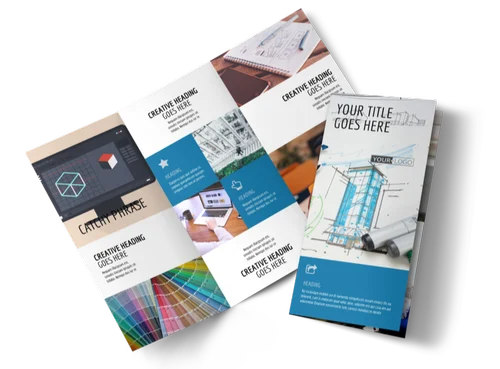Magazines are an excellent way for small business owners to reach a target audience and promote their brand. The key to creating a successful magazine is to focus on content that will resonate with consumers.
Be sure to spec the magazine file correctly, including the bleed (added margins), and preflight it. Then, review the proofs for errors and design inconsistencies.
Table of Contents
Printing
A successful magazine needs much more than just writers, editors, and photographers. It also requires a skilled print shop to produce the final publication. A good printing company will have extensive experience in printing magazine and understand how to make quality work with high-resolution images and accurate colors. Finding a printer that offers options for paper types, binding styles, and other finishing touches is essential. A professional printer will provide templates for trim lines and margin areas, which will help you to create a magazine design that works with their printing capabilities. Pre-made templates will prevent graphic distortion and ensure your finished product is exactly as you intended.
Magazines can be an excellent marketing tool for small businesses. Small business owners can reach a wider audience and increase their brand visibility by partnering with complementary companies to offer co-branded content or featuring guest articles.
While digital media and online ads have increased, magazine printing remains a popular marketing and advertising option. Consumers may be tired of the overabundance of digital advertisements, but a physical print offers credibility and legitimacy that other forms of media cannot.
Design
Whether your magazine is being sold on a newsstand, distributed in your local community, or delivered to your customers’ homes, your printed product must be well-designed. An attractive layout and attention-grabbing content can help you establish your brand as a leader in your industry.
Design services include creating visually appealing pages that complement your magazine’s content and brand identity. The printing method you choose can also significantly impact your finished product. For example, offset printing is ideal for large print runs and offers a variety of paper options. Digital printing, on the other hand, is excellent for smaller print runs and provides speed and flexibility.
Another crucial factor in the design process is selecting the correct color mode for your project. The most common colors for print are CMYK (Cyan, Magenta, Yellow, and Black), but you may want to use spot colors for certain brighter hues that cannot be reproduced using CMYK. Choosing the correct color mode will ensure accurate printing and a consistent look throughout your magazine.
Once your magazine has been designed and sent to the printer, proof will be provided for your approval. This is an essential step in the magazine printing process because it lets you see how your magazine will appear when printed. You can then make any necessary adjustments before the final printing is completed.
Binding
Magazine printing allows you to engage your target audience tangibly and memorably. It is a great way to build brand awareness and establish your business as an industry leader. A high-quality magazine with engaging content and an attention-grabbing layout will attract new customers and help you create a stronger relationship with existing ones.
Once you have a design that follows a singular color theme, fits your brand, and conveys a powerful message, it is time to print. Before sending your file to print, ensure it is adequately spaced. This means adding a full bleed to the file and performing a preflight (the built-in setting similar to spell check on InDesign or Photoshop). This will ensure that your fantastic layout isn’t maintained during printing.
Your printing company should provide you with proofs to review and approve. These are the first opportunity to catch any errors or inconsistencies in your layout and design. You can ask for a revision or correction at this stage if necessary. You can also decide which binding method you want for your final product. Many options are available, from spiral binding to saddle stitching to hardcover binding. For the best results, it is recommended to use a printing company that offers various binding services to meet your needs.
Distribution
Magazine printing services help businesses, schools, government agencies, writers, and other organizations spread their messages to a broad audience. They offer a variety of printing methods to fit each publication’s specific requirements. Printing companies can also provide distribution services, including mailouts and bulk delivery to retailers and other locations.
Choosing the right printer for your magazine is crucial. Magazines often have time-sensitive content, which is detrimental to your brand if capacity issues cause production delays. When vetting potential printers, request a few client references and contact them directly to get a feel for their responsiveness, proactiveness, and knowledge of the project.
Most magazines have specific graphic guidelines that must be followed to ensure that the printed product comes out as intended. Working from a precise template eliminates confusion and helps to prevent counterintuitive design distortions that sometimes happen as the project moves through the various stages of production.
Additionally, it is essential to understand the process involved in color management and how the finished magazine will be bound, trimmed, and folded. Thorough quality control inspections are necessary to catch any errors or problems with the print quality, binding, or finishing. Selecting a reputable printing company with superior customer service can be a game-changer for your magazine’s success. Having a trusted partner can relieve the stress of launching a new publication and free you up to focus on your brand message.










